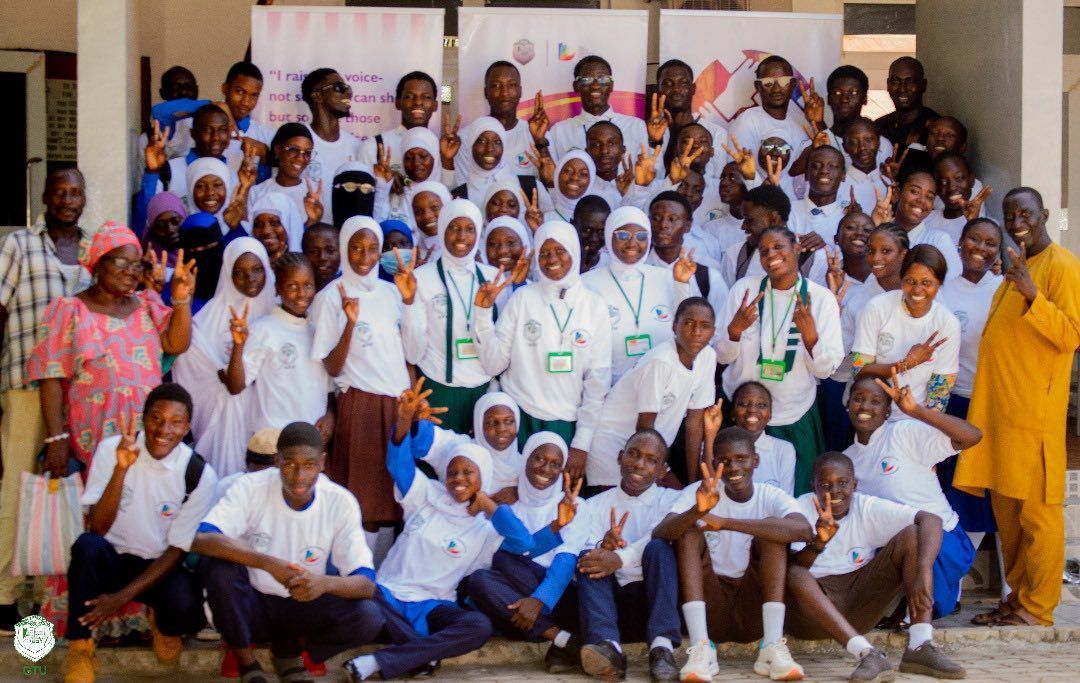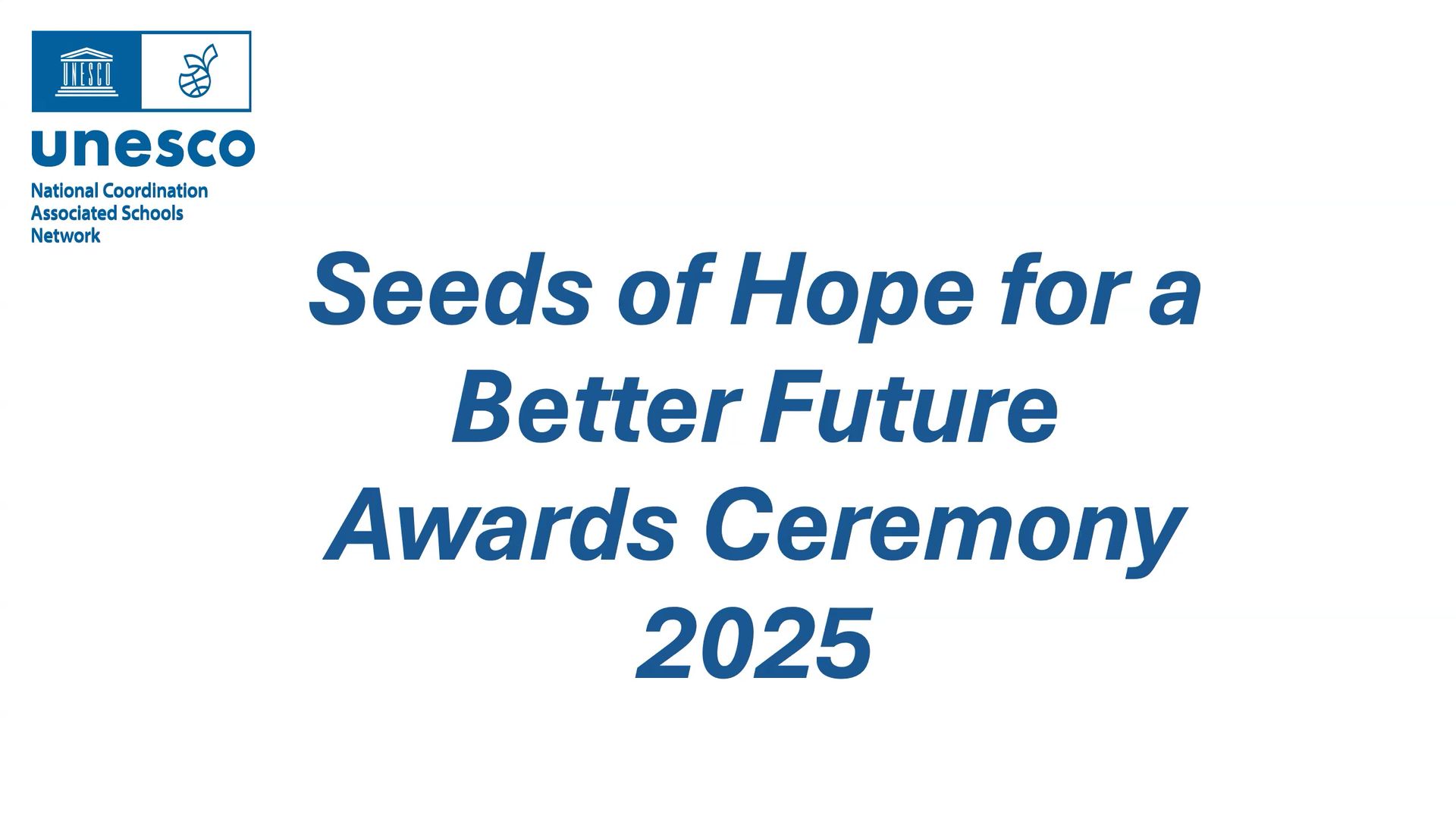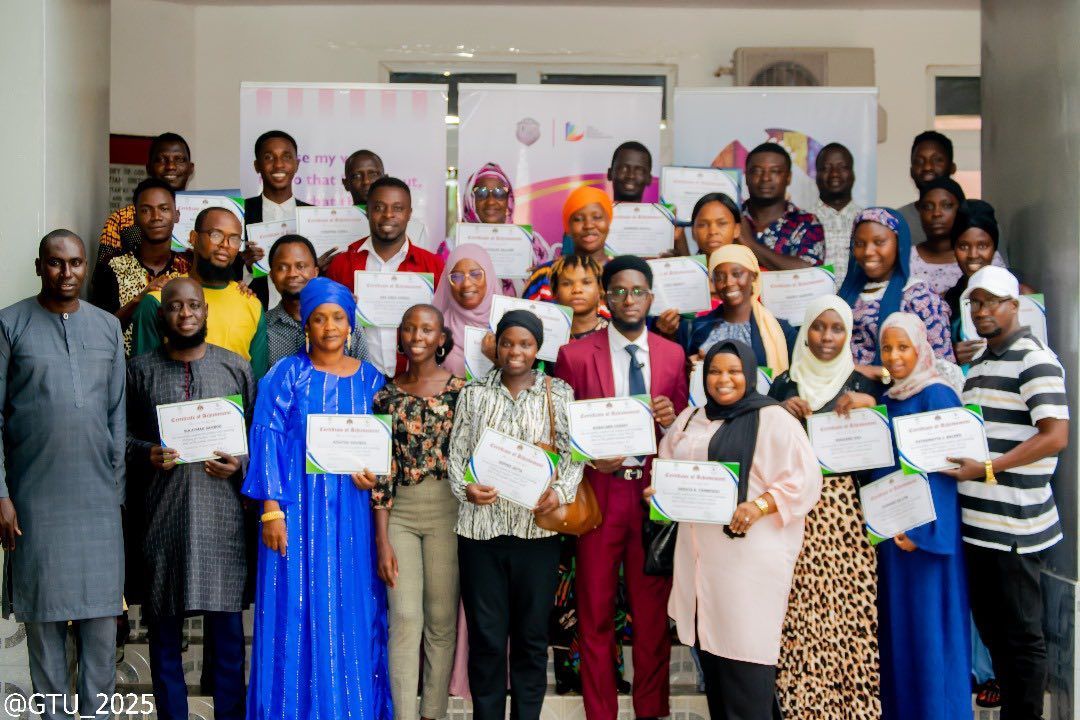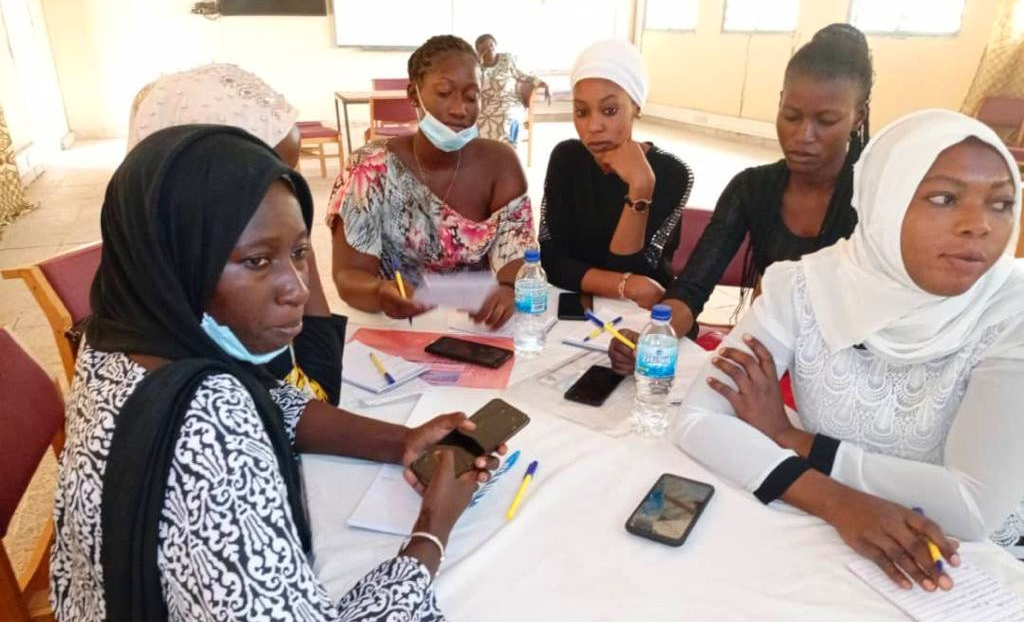The Steve Sinnott Foundation and The Gambia Teachers Union work together to alleviate School Related Gender Based Violence in The Gambia.
Declarations from the Participants
“As a young female teacher in my school and community, I will be a role model to the girls.”
“I will be closer to the girls so as to identify their issues and help in addressing them.”
“With my colleagues in the school, we will organize ‘a girls’ hour’ every fortnight where we will assemble all the girls and discuss GBV issues and the impact it has on women and girls with them.”
“In my school I will work with the mothers club on addressing girls’ issues.”
Reflections on the training from the Participants
“The training was very educational, inspiring and timely as we are in the era of COVID-19 which has caused a whole lot of School Related Gender Based Violence.”
“Am really inspired and satisfied with the training and I will do a step down with my colleagues in my school and cluster.”
“I am thankful to the sponsor of the training and the GTU for choosing our region. I have learned a lot and I will share the knowledge with others in my school.”
“I have knowledge on how to fight SRGBV and I hope more training will be given to my colleagues in other regions so that together we will fight and eradicate SRGBV.”
“This is the best training I have had so far on Gender Based Violence and my role in fighting and eradicating it especially in my school and community.”
“Thank you Steve Sinnott Foundation for funding this training and GTU for organising it.”
“I thank the sponsor, coordinator and facilitators for the wonderful training. I have learnt a lot that I will share with others.”
“I am seeing the fight against GBV as a teamwork, so I will work with all the female teachers, mothers’ clubs, school councillors and senior management committee in the fight.”
“I am very grateful for the training and will raise awareness of GBV in my school and communities.”
Conclusion
It is time to stand up and say enough to violence. Enough to assumptions that violence is permissible or going away on its own. Enough to treating violence as anything less than a full scale crisis that we must do everything in our power to stop.
Enough!
That’s what we say, today and every day, to all forms of violence against women and girls. Enough to domestic violence, enough to rape, enough to harmful practices like female genital mutilation, and enough to impunity for one of the most flagrant and pervasive violations of human rights, women and girls have every right to live free from violence, everywhere.
Thank you Steve Sinnott Foundation for your unflinching support to the Gambia Teachers Union.





